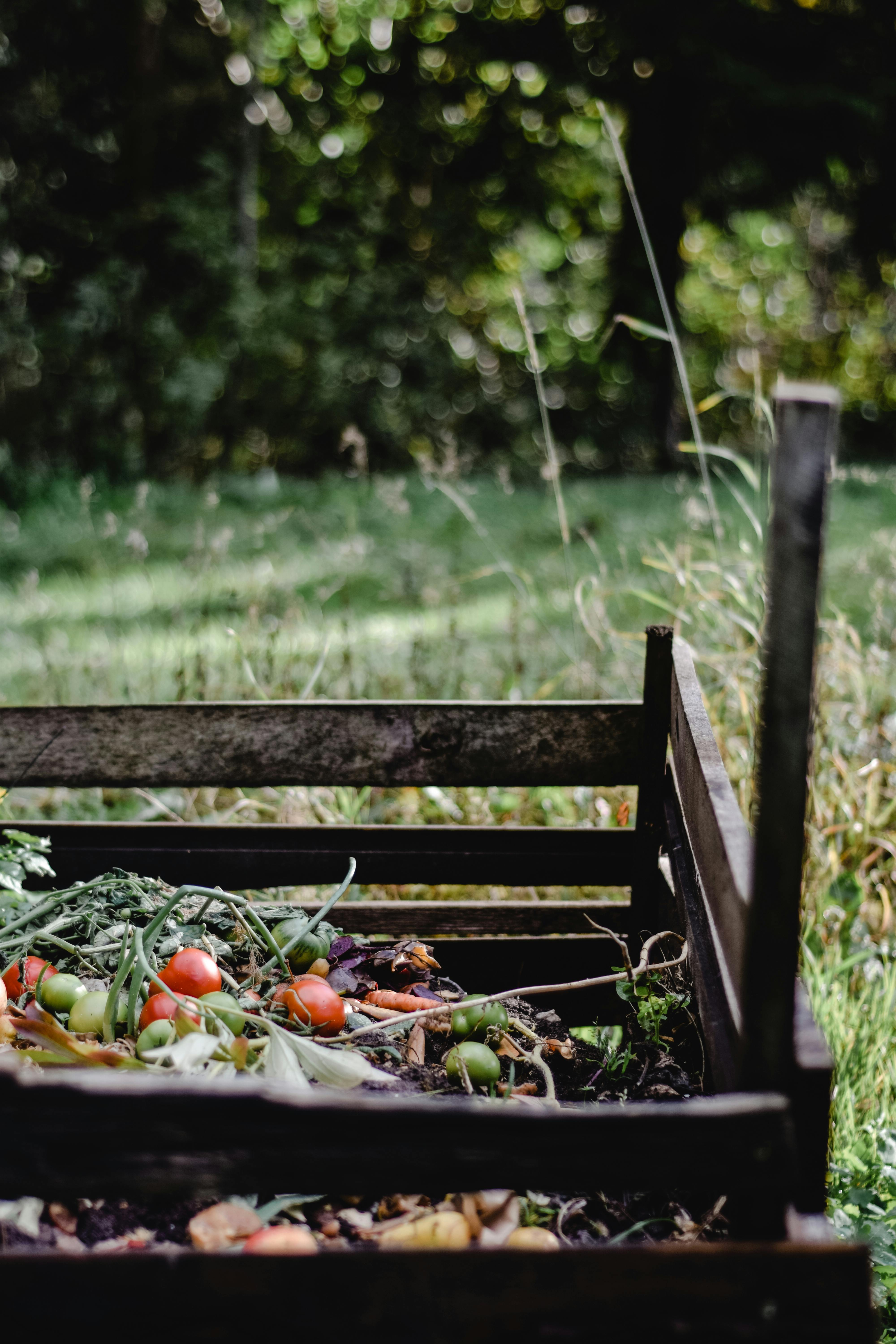
Introduction
Every avid gardener knows that a vibrant, lush, and prospering garden revolves around one key element: high-grade compost. 'But why buy compost,' you might wonder, 'when you can create it at home?' In this article, we will walk you through a step-by-step guide to creating your very own high-quality compost at home. Through these essentials, you're not just promoting green disposal of waste but can also significantly improve your garden's growth phenomenally.
What is Composting and its Significance?
Composting is the natural process of decomposing organic waste materials like fruits, vegetables, leaves, grass clippings, and more. When these organic materials break down, they transform into nutrient-rich compost that acts as a soil supplement, improves fertility, and enhances the health of plants. By engaging in home composting, you're not only saving money but also contributing to a more sustainable environment by reducing the quantity of waste that would otherwise end up in landfills.
Fundamentals of Composting at Home
Composting at home doesn't require a green thumb. It's a simple and rewarding process, which begins with understanding the basic principles of composting. Essentially, there are two types of materials required for composting. 'Greens' include fruit, vegetable waste, coffee grounds, or grass clippings, which provide nitrogen for quick composting. 'Browns' are materials like dead leaves, branches, or paper, providing carbon that facilitates the growth of microbes that break down the materials.
Creating High-Quality Compost: A Step-by-Step Guide
1. Identifying the Spot: Choose an open, level space in your yard that's easily accessible all year round. Ideally, the chosen spot should be moist and partially shaded to aid the composting process.
2. Begin the Heap: Kickstart your compost pile with alternating layers of brown materials for carbon and green materials for nitrogen. It's preferable to start with a layer of twigs or straw at the bottom to enhance aeration and drainage.
3. Keep it Moist: To facilitate the decomposition process, it's crucial to maintain a good moisture level in your compost heap. It should be as wet as a damp sponge.
4. Turn it Over: Stir your compost pile every few weeks using a pitchfork or shovel. This helps maintain aeration, speeds up the decomposition process and ensures an even distribution of heat and oxygen.
5. Enjoy Your Compost: In two to three months, your compost should be ready. It should fine, crumbly and resemble dark, rich garden soil. You can add the compost to your garden soil to boost its fertility and structure.
The Science of Successful Composting
Creating the ideal compost involves balancing the green and brown materials, moisture, and oxygen levels. It's essential not to include any meat or animal waste in your compost pile as they are prone to attracting pests. Additionally, new layers of compost should be added regularly and turned over frequently to maintain the ideal temperature for efficient decomposition.
During the composting process, it's normal for the center of the pile to heat up. This heat is a byproduct of microbial activity and helps kill harmful pathogens. If not turned frequently, the compost can develop a foul smell and may not break down effectively.
Conclusion
Home composting is an environmentally friendly, cost-effective, and rewarding way to give back to the earth and enhance your garden's health and productivity significantly. With regular practice and understanding, you can enjoy nutrient-rich, high-quality compost that will transform your home garden into a lush, thriving paradise. So, why wait? Dive into the world of composting and open doors to a greener future. Enjoy your gardening journey with our comprehensive step-by-step guide to creating high-quality compost at home.